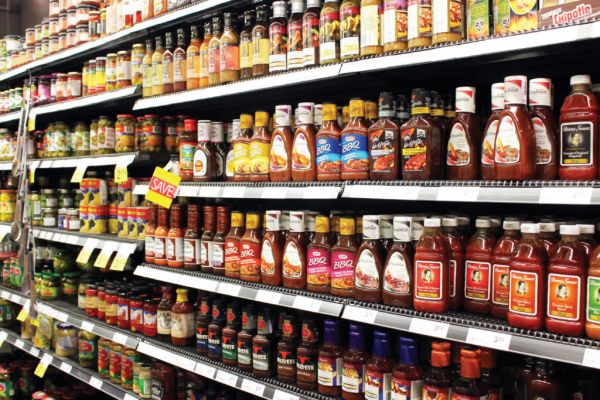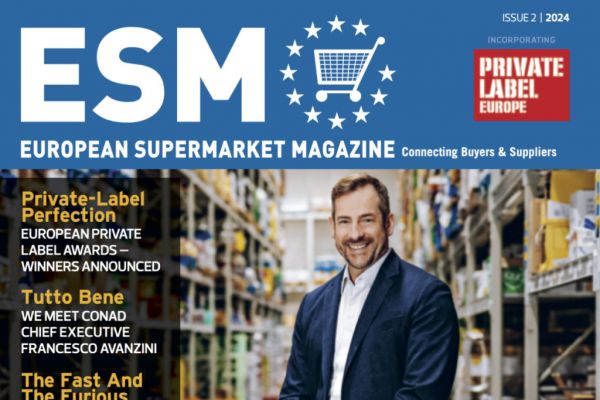Nick Peksa examines the importance of data in a retail context, especially when dealing in categories subject to commodity price volatility. This article appeared in ESM Issue 5, 2018.
Over the years, category management has developed into a systematic process designed to maximise category value by segmenting spend into similar supply and usage factors (shelf space).
Through the use of market intelligence and other analytical tools, we can analyse a lot of data, ranging from supply cycles, cost drivers, supplier cost structure and competing suppliers, to future trends in the market.
Through investigation of our suppliers, we can gain an excellent understanding of labour costs, profit margins, overheads, and, to some extent, the value of non-volatile raw-material pricing. However, we cannot control the volatile raw materials that go into our products. Volatile raw materials can make or break a category if we gamble and take the wrong approach.
Tomato Sauce: Understanding The Data
The best way to highlight the concept of volatile raw materials is to select a product that has a very large commodity influence. I would very much like to have chosen a particular branded chocolate bar with peaks, as mentioned in a previous article, however, the price of said product has since been reduced after around 12 months of significantly cheaper raw-material costs.
Instead, let us pick a product like a high-quality tomato ketchup. In our hypothetical example, a half-litre bottle of ketchup is comprised of 50% tomato paste (250g), 15% sugar (75g), 12% vinegar (60g), 8% starch (40g) and 15% other ingredients (75g).
Via Internet searches and conversations with suppliers, we have established that 50% of the end-product costs relate to raw materials. We also note that 50% of the ingredient list is conveniently comprised of tomato paste. As a category, let us assume that we sell, annually, €30 million of one single SKU.
Crunching The Numbers
By accessing market intelligence, we can establish that tomato paste is the most expensive ingredient contained within the product. Over the last five years, the price per kilo has ranged from €0.93 to €0.70. This means that the potential volatility of the tomato paste is 33%.
We can now crunch the numbers:
• 50% of the purchasing price of tomato sauce (raw-material cost);
• 50% of the product is made from tomato paste;
• Current sales volume is €30 million; and
• Potential price volatility is 33%.
Taking the value of the product sold, and assuming the product content of the sauce and the purchasing price, we can calculate a prospective price risk. This means that, based on recent tomato paste prices (over the last five years), we could experience a product price volatility of +/- €2.475 million.
Depending on your tolerances, this might present itself as a threat or an opportunity.
What Strategy To Adopt?
Now that we understand that raw-material movements can have a large impact on the supplier of this product, and therefore our pricing, historical data will help support our position. We are currently coming off a high price in the market, so the future is uncertain.
The price of tomato paste decreased from 2014 to 2016, and then started to increase. As a result of this fluctuation, did your suppliers come to you with price decreases, or are your suppliers searching for price increases now?
A secondary area to consider is the sugar content of the tomato sauce. From the product breakdown, sugar accounts for 15% of the product. If you are not familiar with the depressed price of sugar, I refer you to the last edition of Buyer’s Brief, in ESM Issue 4.
Looking at the quartile analysis (performed in Excel), I suggest that the initial approach should be to mitigate price increases by using historical data and emphasising the price decrease in sugar. If you are up to date with your category negotiations and need to look forward, my recommendation is to gather more market intelligence on the prospect of the future tomato crop.
Based on historical information, we are currently in the third quartile of pricing, therefore, the potential direction of risk is uncertain. Take a look, for example, at 2013, when the price for tomato paste was €1 per kilogramme – things could get worse.
We return to the old adage, that prices could go up ... or they could come down.
Ending Thoughts
The conclusion to this article is reasonably straightforward: identify which products matter to you and then assess their potential impact on your category. If the product you are selling is price sensitive, effort is required to analyse the potential risk scenarios going forward.
You could always gamble and guess the direction of the market, and the probability is that you will be right half of the time, but nothing beats quality cost insight.
For more information, contact [email protected]
© 2018 European Supermarket Magazine – your source for the latest retail news. Article by Stephen Wynne-Jones. Click subscribe to sign up to ESM: European Supermarket Magazine.














